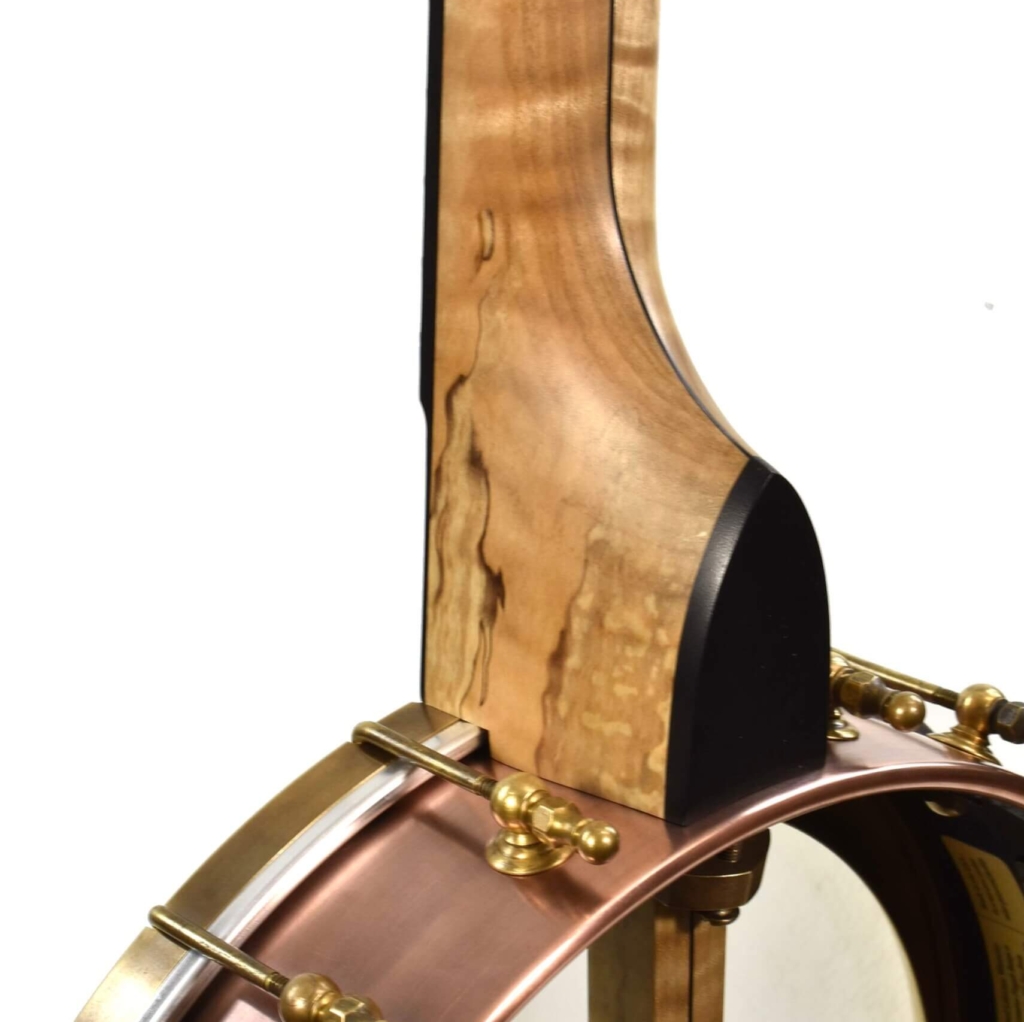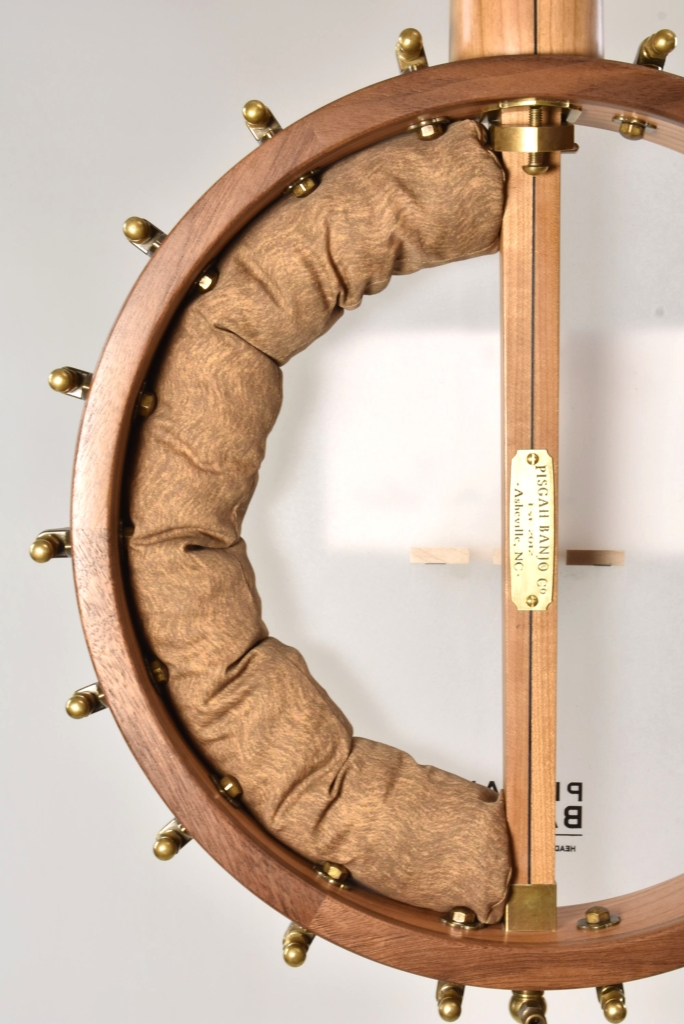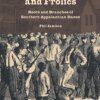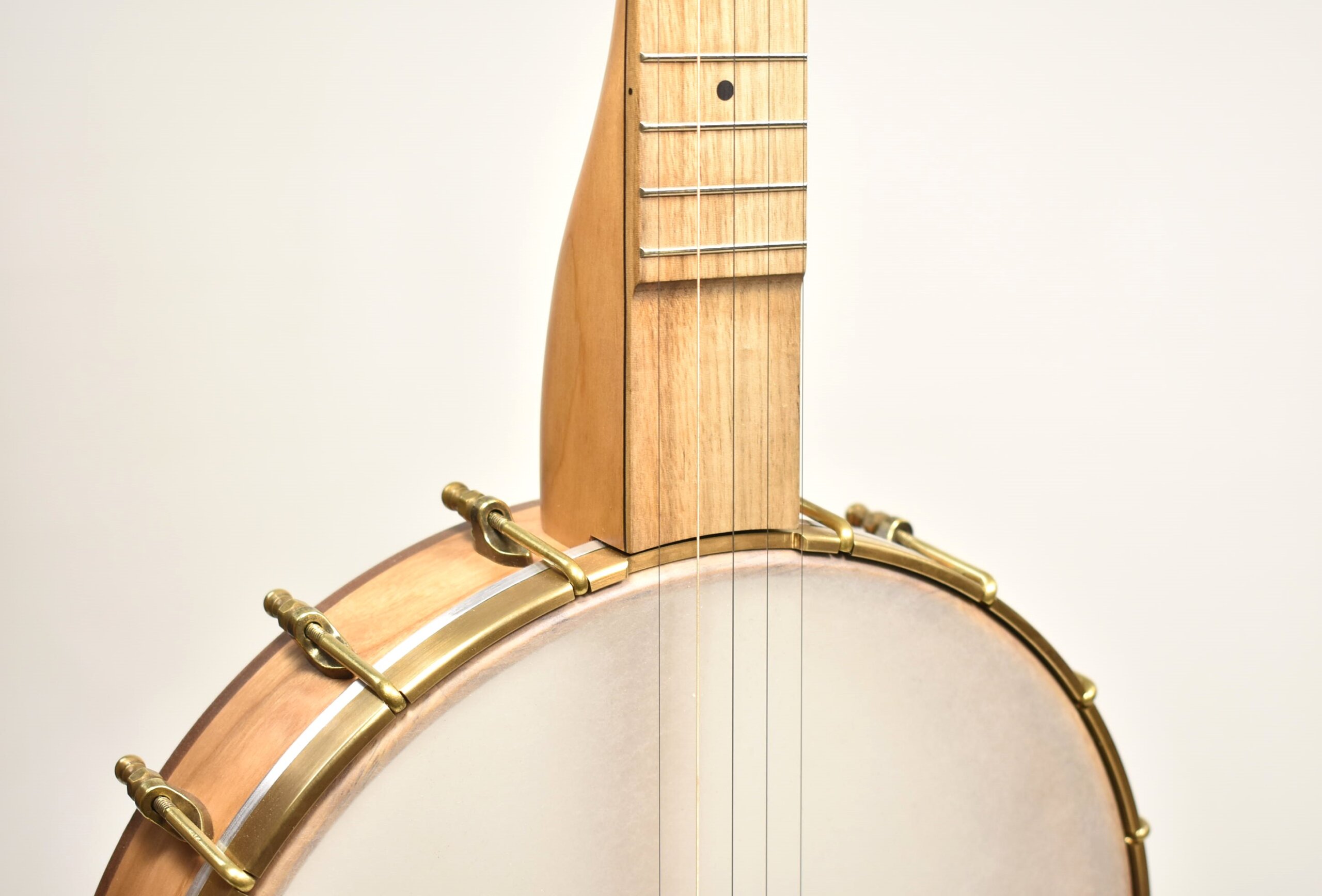
Written By: Patrick David Sawyer
We are all guilty of waiting until a string breaks before replacing them. I see this way too often at festivals, sessions and gigs which is unfortunate because a fresh set of strings can greatly improve the sound of your banjo. The most effective way to maintain great tone, tuning stability, and playability is to swap out your strings fairly often. New strings bring clarity, responsiveness, and the rich tone a banjo was meant to produce. Whether I’m playing for fun or performing, fresh strings ensure my banjo sounds its best, stays in tune, and responds well to my playing.
There’s no strict rule, but I recommend changing your strings every 1-3 months. Here’s why:
Changing Strings is Like Changing Oil in a Car
Think of changing your banjo strings like changing the oil in your car. You wouldn’t wait until your engine seizes up before getting an oil change, right? Strings, especially metal ones, wear down over time, accumulating dirt, oils, and oxidation which all contribute to losing their tonal quality. Just like fresh oil keeps a car running smoothly, fresh strings keep your banjo sounding its best.
Why You Should Change Strings Every 1-3 Months
Banjo strings are inexpensive, yet they dramatically improve sound quality. Given their affordability, there’s no reason to wait until they break before replacing them.
Benefits of Regular String Changes:
- Consistent Tone – Maintains clarity and brightness.
- Better Playability – Prevents strings from feeling sluggish.
- Improved Tuning Stability – Reduces constant retuning.
- Eliminates Buzzing & Dead Spots – Ensures even vibration.
- Protects Your Banjo – Prevents grime buildup and fret wear if you clean your fretboard every time you change your strings
Why Medium Gauge Strings are Ideal for Clawhammer Banjo
For clawhammer players, medium gauge strings strike the perfect balance of volume, sustain, and playability. They enhance note definition, ensuring consistent clarity whether played with force or delicacy.
Pisgah Banjos exclusively use PBCO medium gauge clawhammer banjo strings, made in the USA with a phosphor bronze wound fourth string for enhanced bass response and crisp highs. These strings are ideal for old-time banjoists seeking warmth and depth.
While string gauge is a personal preference, medium gauge suits most clawhammer players. If you’re looking for a high-quality set, check out the PBCO Clawhammer Banjo Strings—designed specifically for Pisgah Banjos.
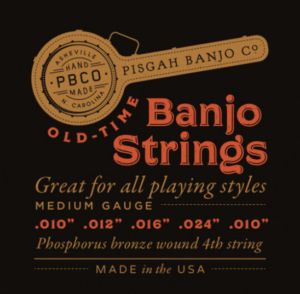
The Pisgah Banjo Advantage: Truss Rods & String Flexibility
Every Pisgah Banjos include a two-way adjustable truss rod, essential for achieving your preferred tone and flexibility. Unlike cheaper banjos without a truss rod—often limited to light gauge strings to avoid neck warping—Pisgah Banjos provide stability across different tensions, allowing for greater customization.
Pisgah also offers Nylgut strings, developed with Aquila Strings in Italy. These strings provide a mellower, plunky tone reminiscent of early gut-string banjos and require less frequent changing due to their resistance to corrosion. If you’re interested in trying them, check out Here!
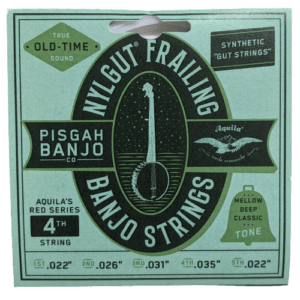
Signs You Need to Change Strings Sooner
If you’re unsure whether it’s time for a string change, watch for these signs:
- Dull or muddy tone – Even after tuning, the sound is lifeless.
- Buzzing or muted notes – Strings don’t vibrate properly.
- Tuning instability – Strings won’t hold tune for long.
- Visible wear – Rust, dirt buildup, or kinks in the strings.
Conclusion: Change Strings Before They Go Bad!
Regular string changes are one of the easiest ways to keep my banjo sounding great. Whether I play daily or occasionally, replacing my strings every 1-3 months ensures a bright tone, stable tuning, and smooth playability.
For most open-back banjo players, medium gauge strings offer the best mix of warmth, sustain, and ease of play—especially for clawhammer techniques. But string choice is personal—some prefer lighter or heavier gauges. The key is to experiment and find what works best for your playing style.
Don’t wait until your strings break—change them before they go bad! Fresh strings make all the difference.
Disclaimer
Everything shared here is based on years of hard work, experience, and personal preference. While I strongly believe in the importance of fresh strings and the benefits of medium gauge options, string types and gauges are ultimately a personal choice. Every player has different needs, styles, and tonal goals, so experiment to find what works best for you!

